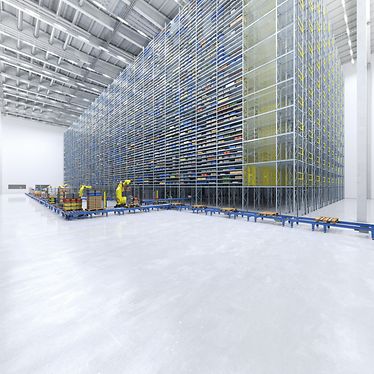In simple terms, Industry 4.0 refers to nothing other than optimizing the entire value chain during the life-cycle of a product through digitalization and networking. The integrated product represents the pinnacle of this development. It contains knowledge, communicates with machines, tools and humans and autonomously determines its own ideal path through the production process by accounting for system malfunctions, scheduling priorities, energy consumption, etc.
Industry 4.0 is the reaction to increasing cost and innovation pressure arising from the growing demand among customers for individual solutions. Production companies now have to provide their customers with detailed information about the manufacturing process. These customers wish to know exactly which batch the product originates from, the material used, along with how it was processed and tested. To fulfill these requirements, an ideal production facility has to be able to obtain all the relevant data and analyze it automatically.
Yet what exactly does Industry 4.0 mean for intralogistics? The rapid development of the Internet laid the foundation for Industry 4.0. Innovations such as cloud computing (providing IT infrastructure and services such as storage, processing power or application software as services via the Internet), big data (large and complex quantities of raw data from diverse sources) and the ‘Internet of Things’ (the increasing interconnection of devices, sensors, etc. via IP networks) are all integral aspects of this development. The keyword for intralogistics is Smart Logistics.
Customers now want to be able to access inventories from anywhere and at any time and also obtain availability information. As a result, speed, precision, flexibility, and availability have become critical competitive factors for logistics companies. This situation demands transparency throughout every step of the process. The boundaries between the real world and the virtual world are becoming less and less distinct. One logical consequence is the need for a network between business operations and the warehouse.
